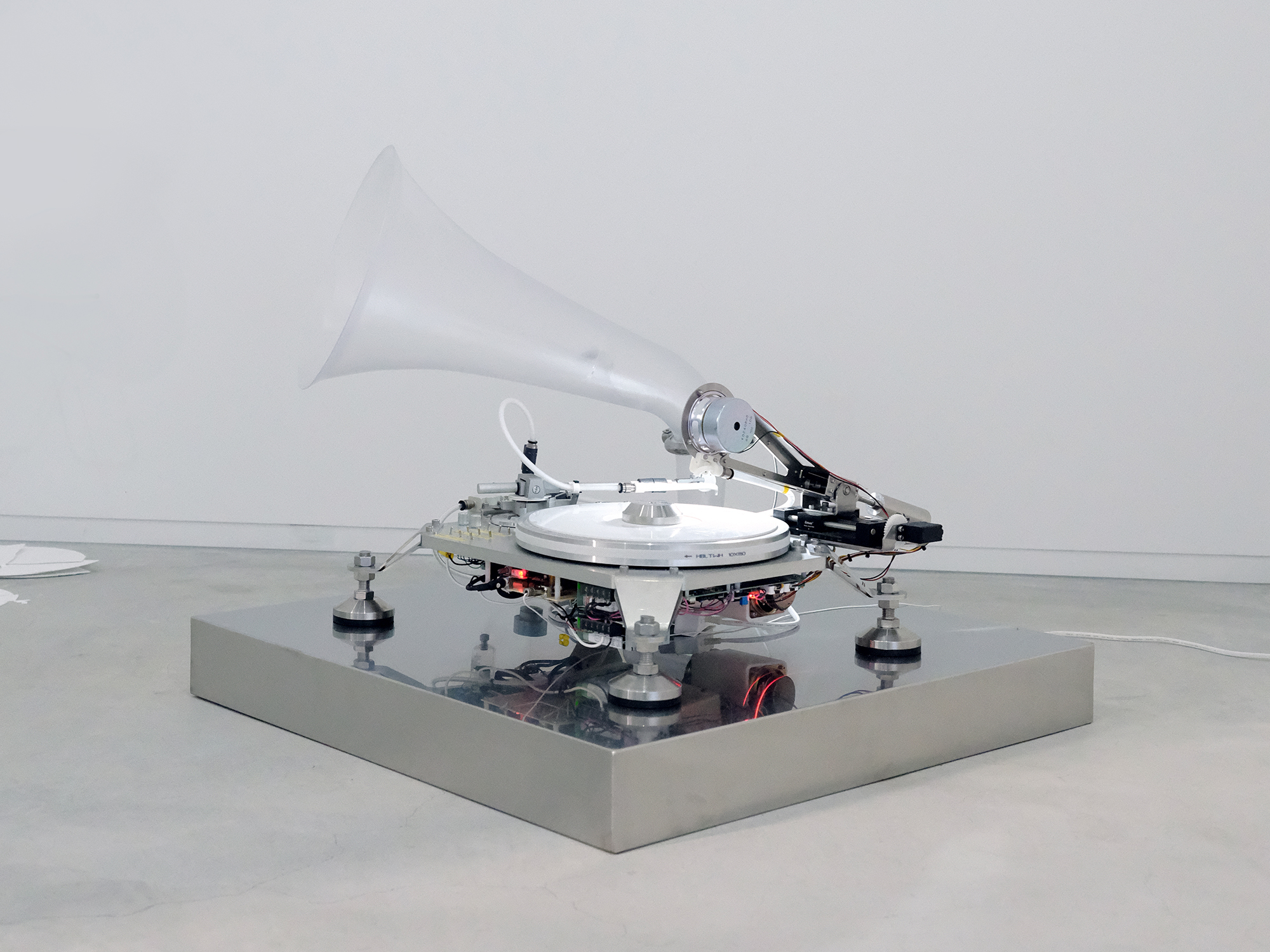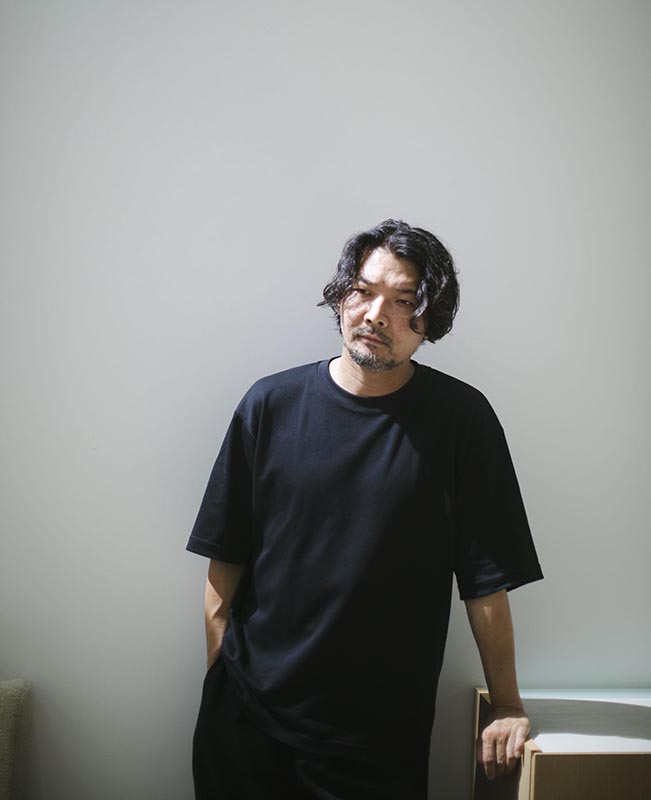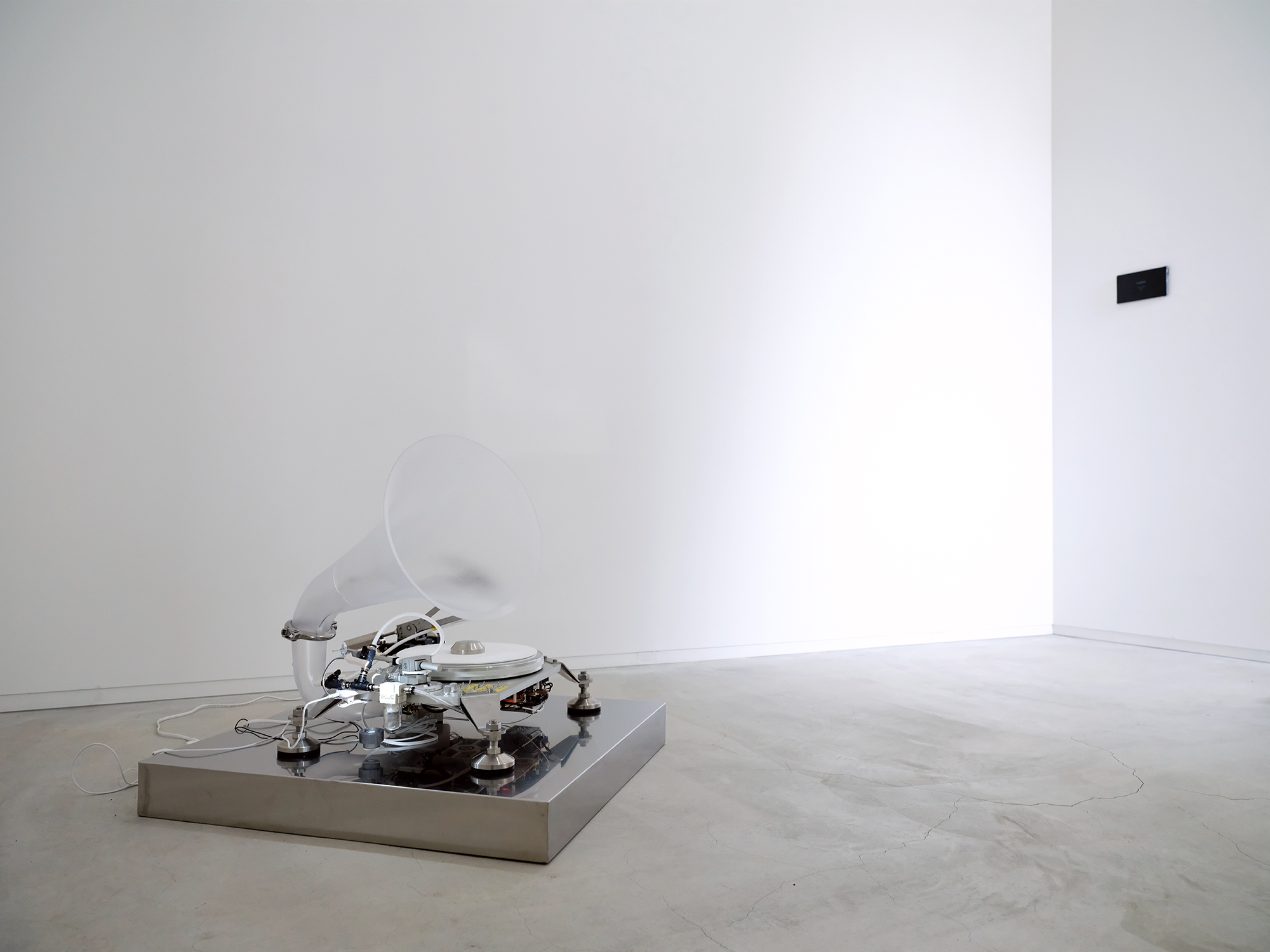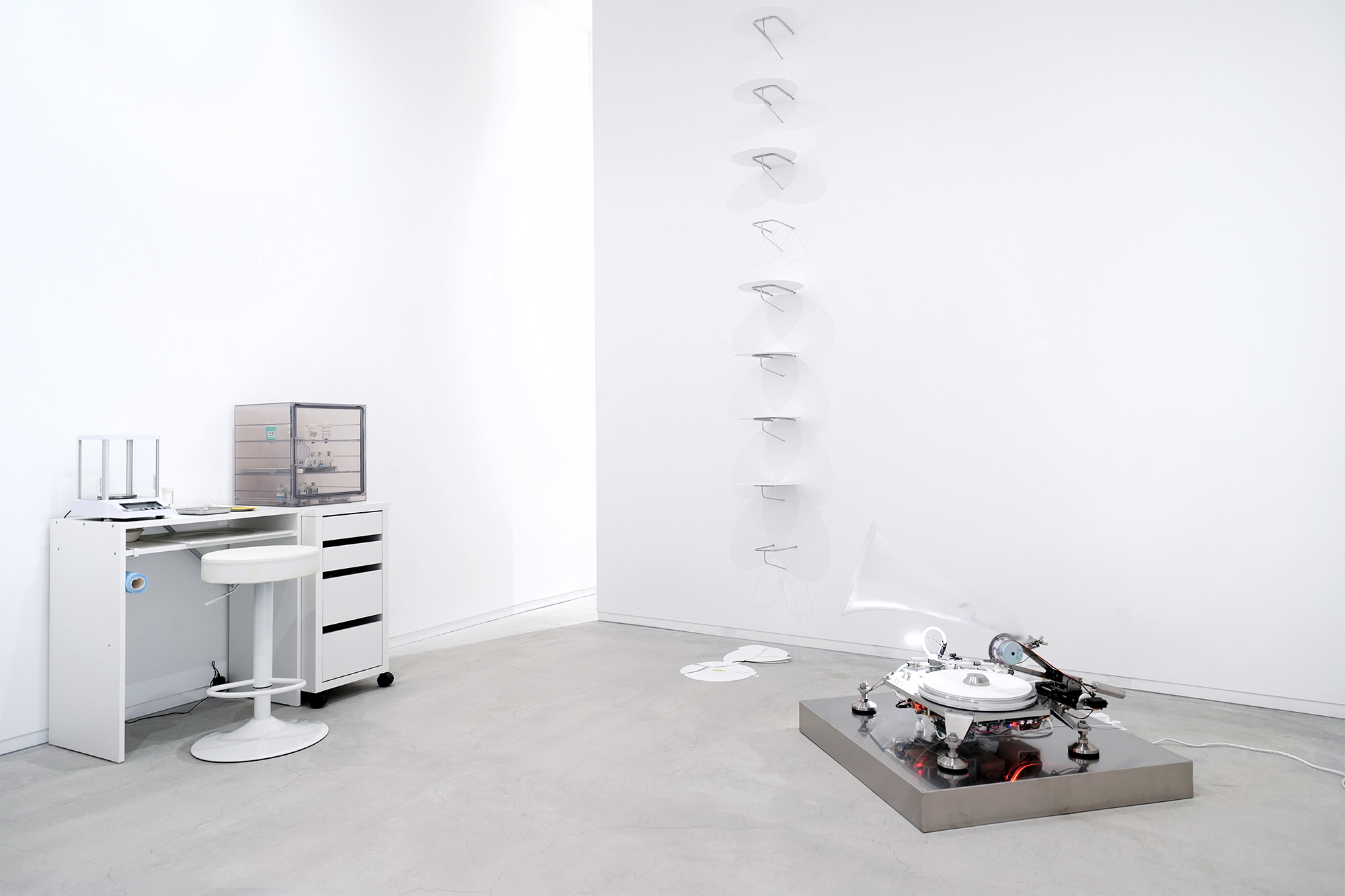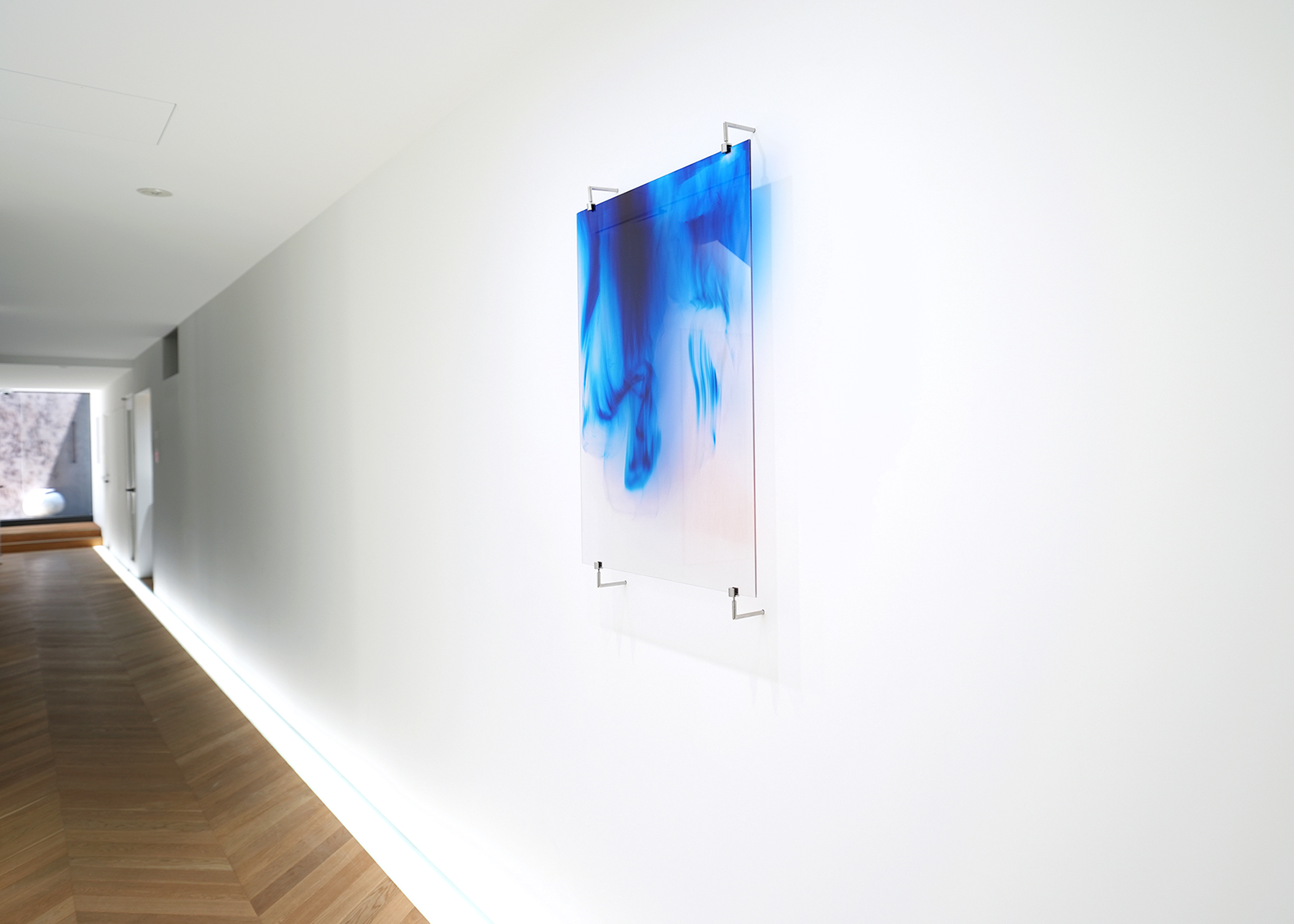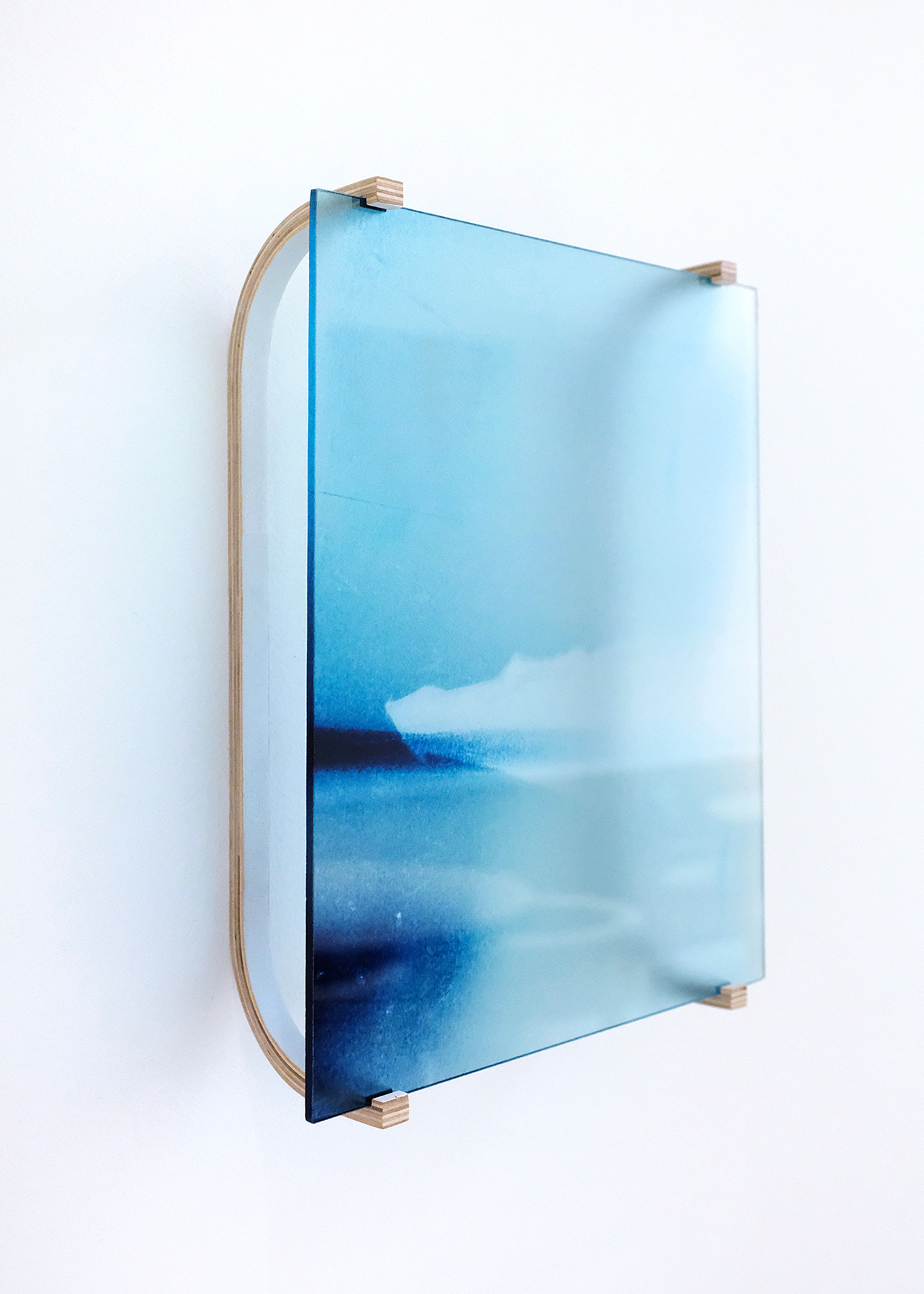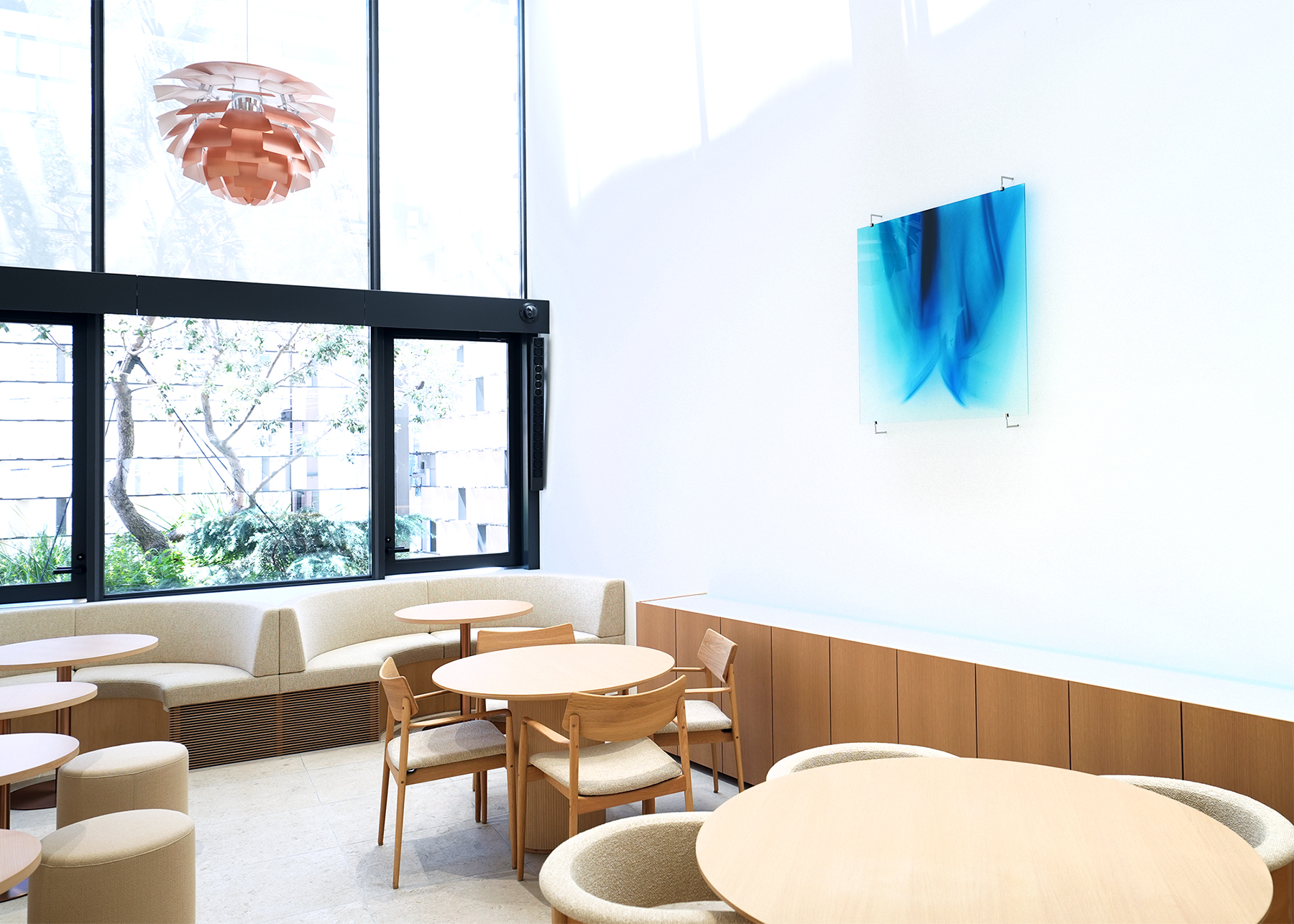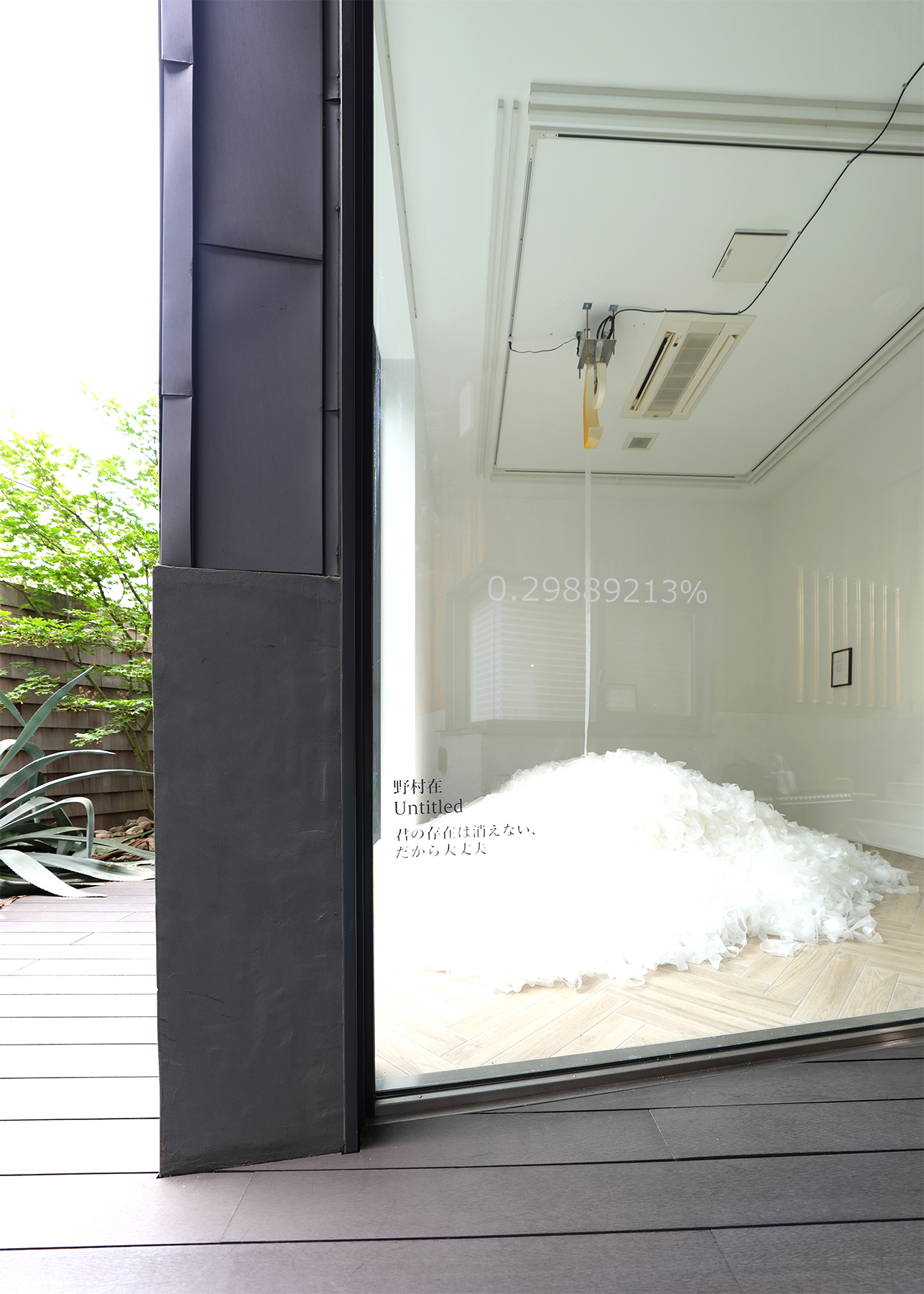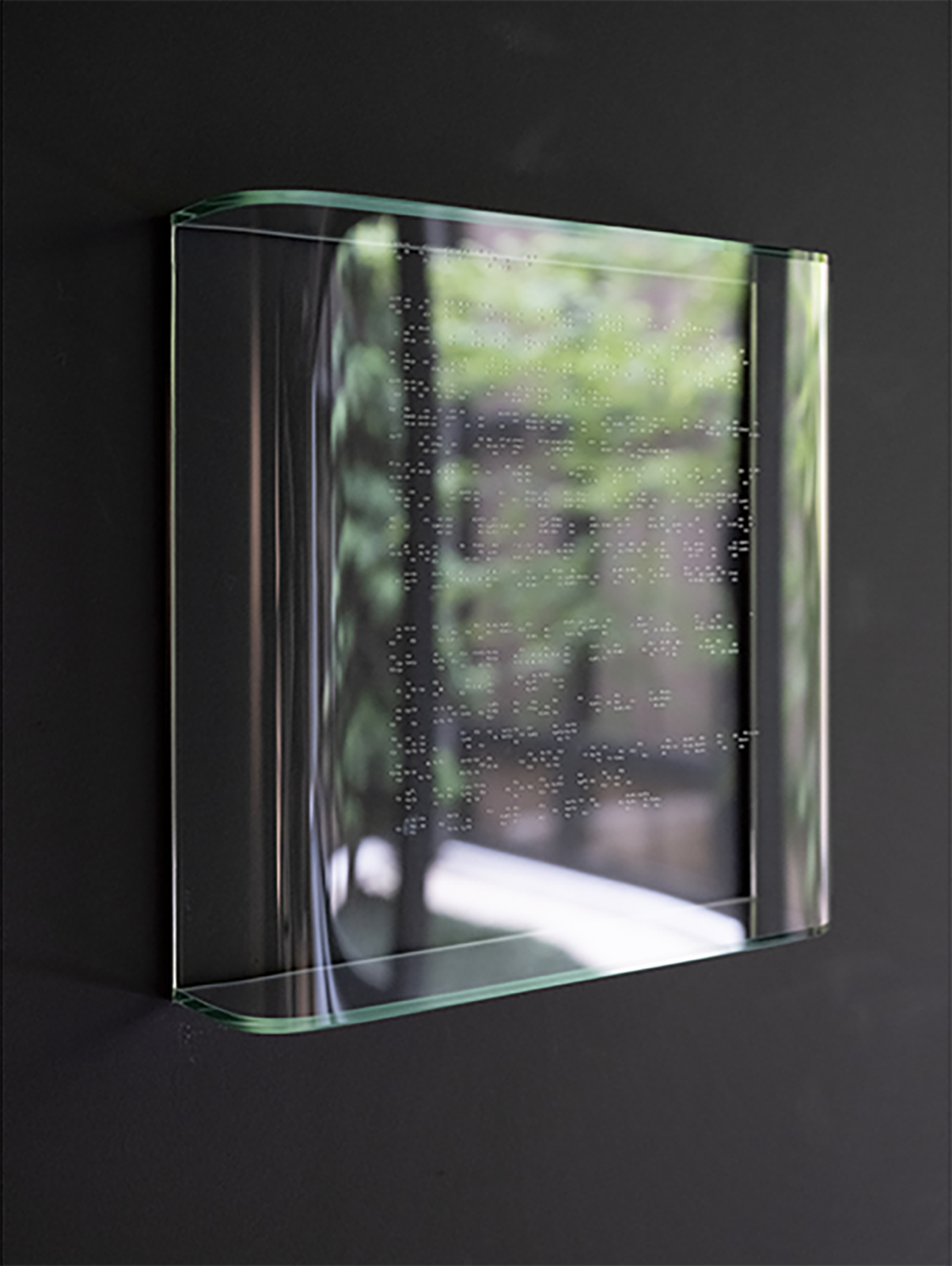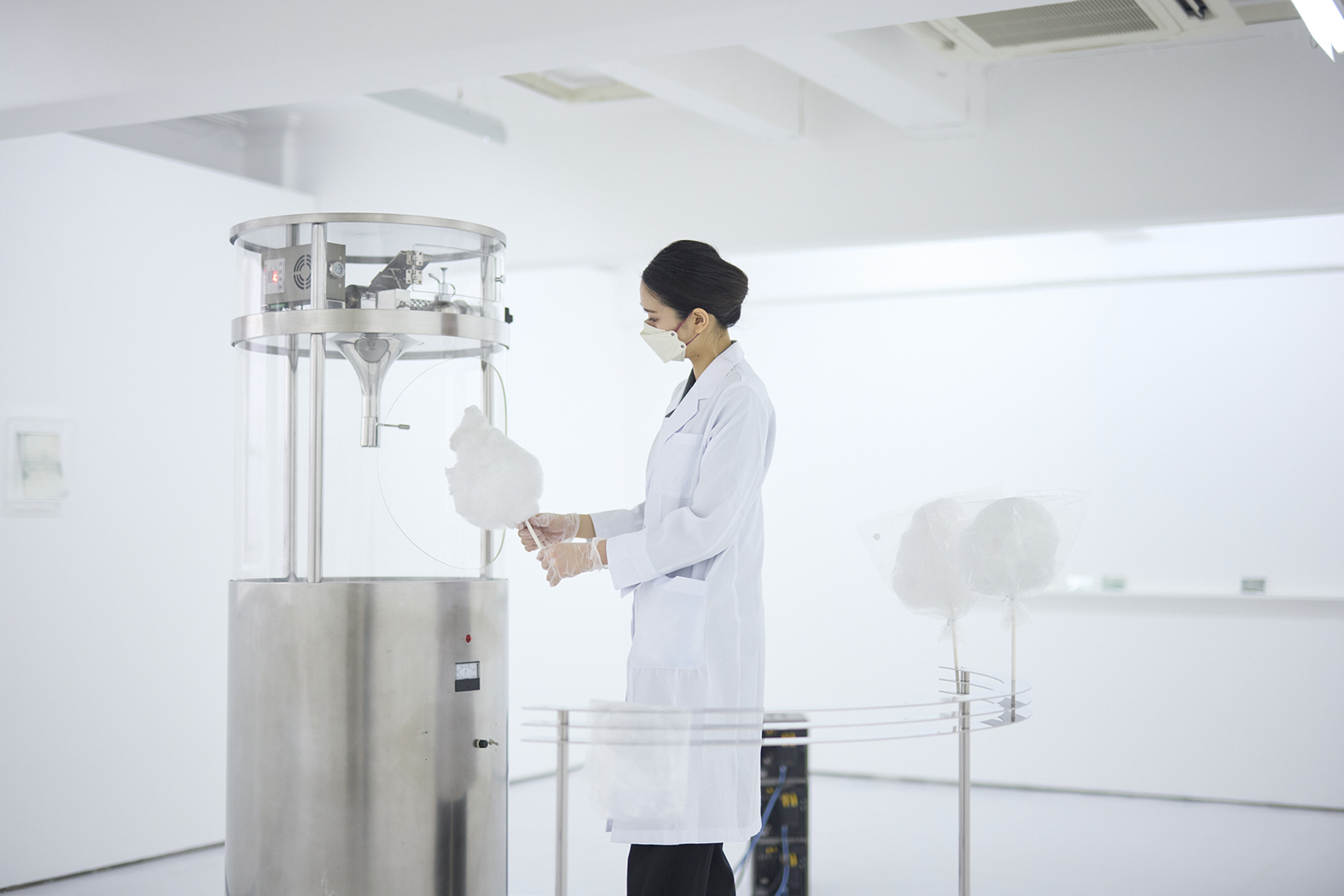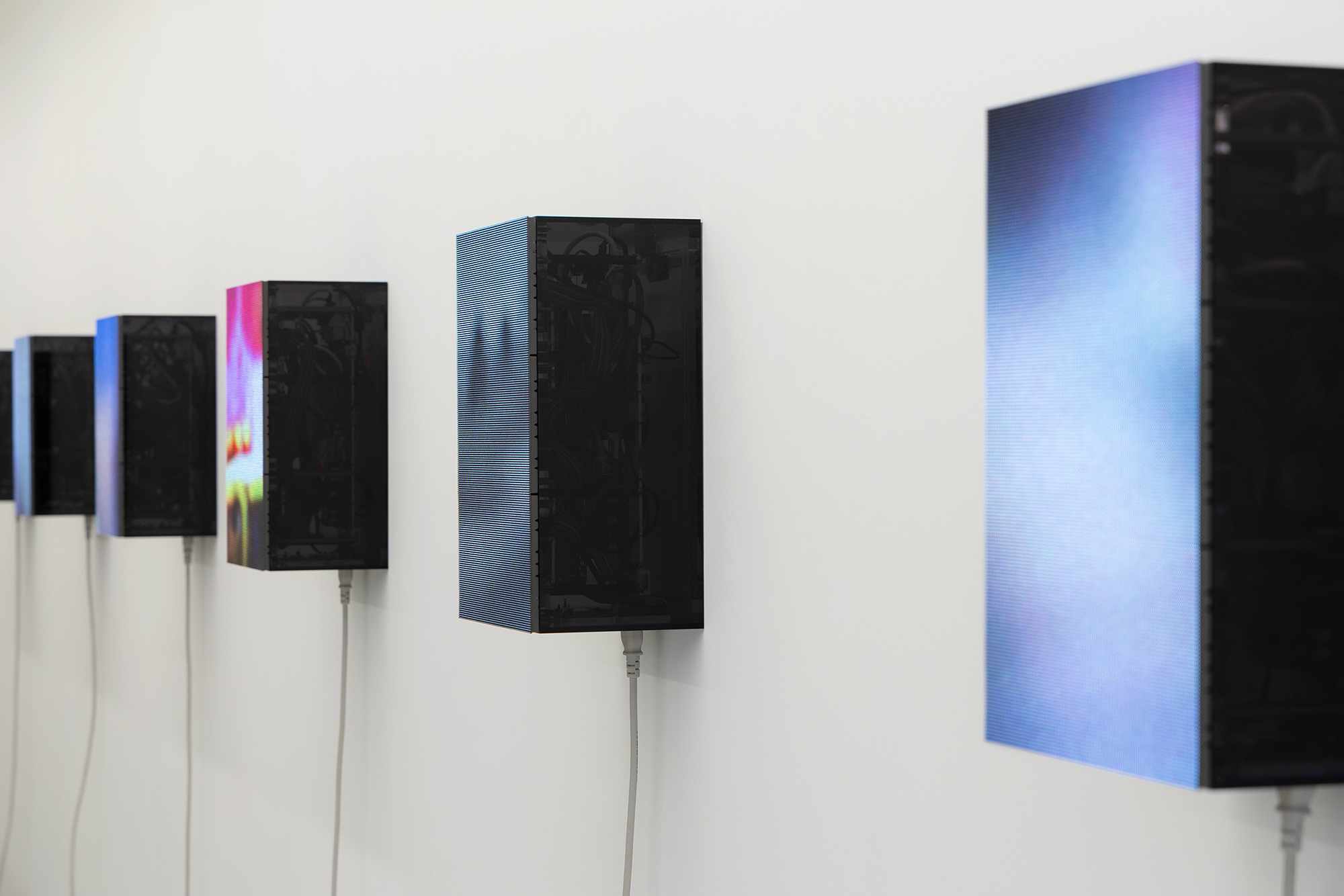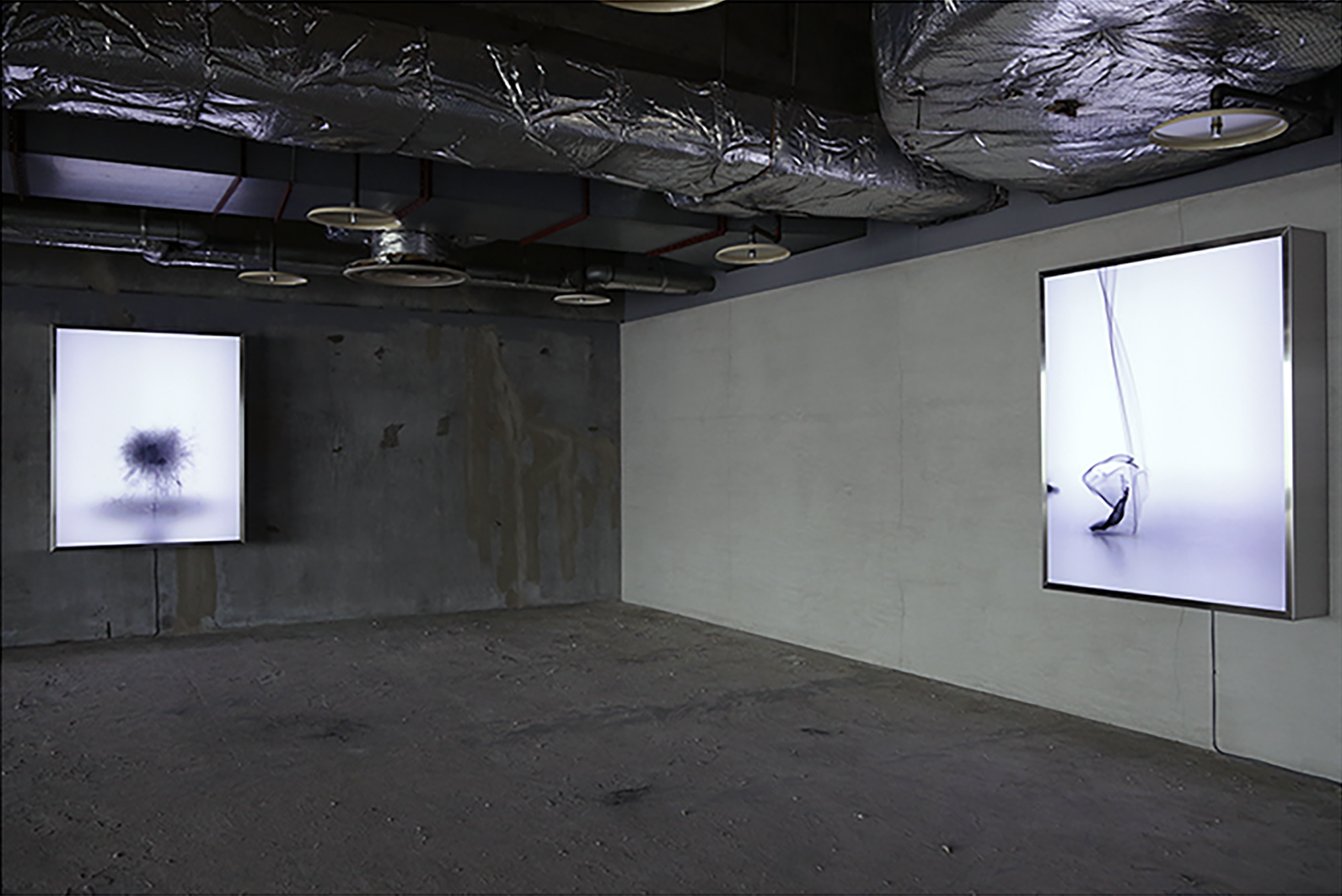Zai Nomura is an artist whose practice centers on the relationship between existence and memory. Utilizing a variety of media such as photography, sculpture, and modified devices, he explores themes of presence and disappearance, as well as the evolving nature of memory that accompanies these states.
Nomura’s creative approach reflects an attentiveness to elements that subtly inhabit the everyday—whether fleeting moments of the present or things supposedly lost—and a desire to preserve their traces in different forms as works of art. Through this process, Nomura continues to question how existence persists and transforms within memory.
Methods such as dissolving photographic images of people in water or transcribing human existence onto paper as DNA data are characteristic of Nomura’s work, which sublimates matter into new forms and renders visible the subtle fluctuations of presence and time. The resulting expressions are marked by a delicate, emotional resonance that deeply engages the viewer’s senses and memory.
Nomura is also deeply interested in how advances in contemporary media technologies arereshaping the meaning of existence. As digitization and the recording and preservation of information continue to advance, we are now confronted not only with physical presence but also new forms of existence such as data and AI. By incorporating these modern perspectives, Nomura’s work resonates deeply with the viewer’s inner self, subtly prompting awareness of the tension between change and permanence, and the significance of being alive here and now.
The new work presented in this exhibition focuses on a theme Nomura has been exploring over time: sound and existence. In collaboration with engineers who have worked on many of Nomura’s previous projects, a unique phonograph combining the functions of recording, reproducing, and giving material form to sound has been created. A performance using this device will also take place in the gallery space.
How might the sounds of the world feel different after experiencing this exhibition? We invite you to fully immerse yourself in this unique work.
ー ー ー ー ー
“Hopelessly Irreplaceable”
Sound was once ephemeral.
When released, it drifted like a wave, seeped into somewhere unseen, and vanished—an event that occurred only once.
One day, Édouard wanted to make this invisible sound visible.
Since sound is vibration, he used a paper cup, like a string telephone, to catch the trembling of the air. By attaching a needle to the end, the vibration made the needle quiver.
He placed that needle on soot-covered paper, capturing the tremor in marks. That became the phonograph. And eventually, the record.
Before we knew it, sound began to settle into things.
It started to repeat itself.
It shed its body, floated like a ghost, and gained a form that could not die.
Just like us.
Yet in truth, our world is made of days repeating despair and tenderness.
Suffering becomes joy, boredom turns into intensity—they compensate for each other.
We die because we live. We live because we die.
So I tried to bring back the transience of sound.
I tried to create a record that disappears.
Because it disappears, it remains. Because it remains, it disappears.
But midway through, I realized:
This wasn’t merely a vanishing record—
it was a device to bring forth something else.
In the midst of tracing the origin of sound, as it faded,
something yet unnamed, immeasurable, began to emerge.
Carving sound, I began to collect its bones.
Édouard gave sound visibility.
I gave it weight.
But honestly, I don’t mind if I’m completely forgotten.
Even if there’s no light, no sound, even if everything disappears—
I just want to remember your warmth and your gravity.
Surely, that’s not a sin.
To preserve this hopelessly irreplaceable world,
I choose to let it vanish.
Zai Nomura
August,2025

